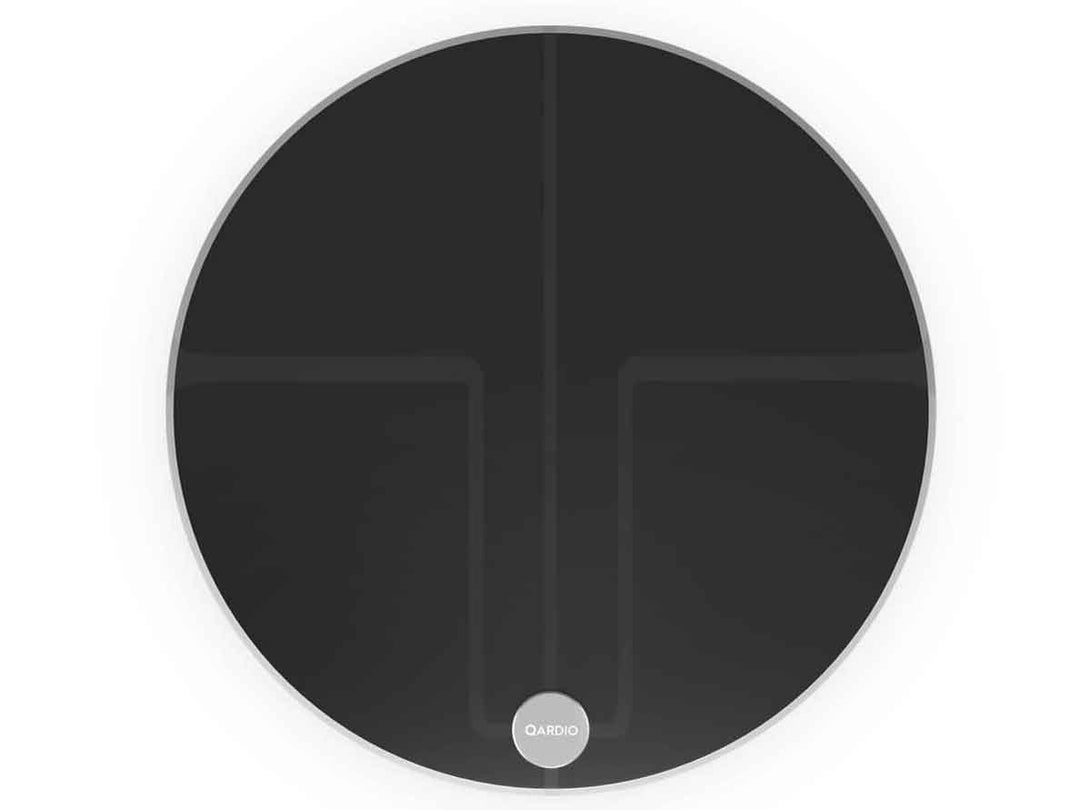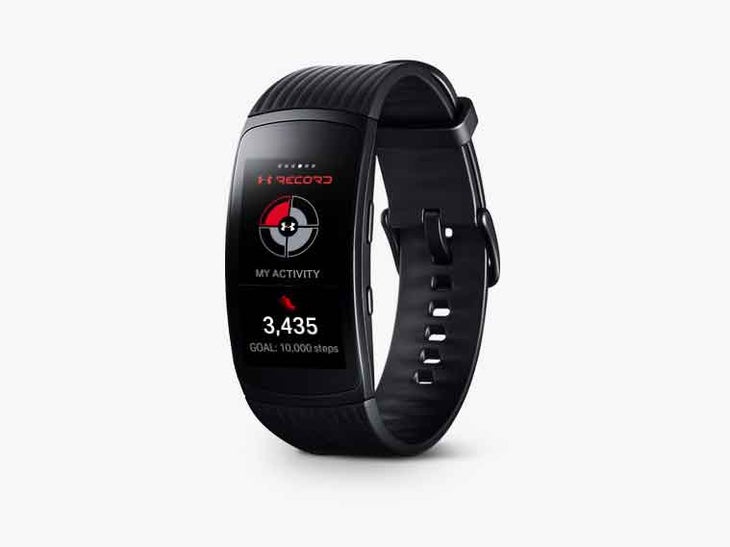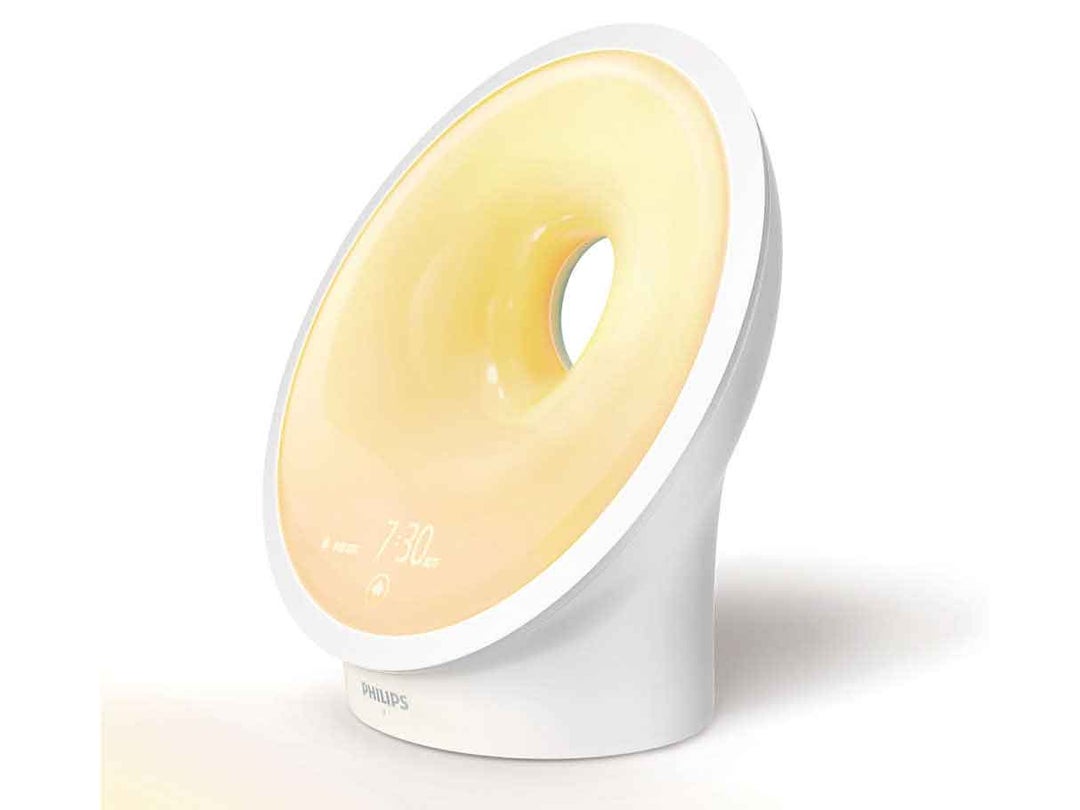New perk! Get after it with local recommendations just for you. Discover nearby events, routes out your door, and hidden gems when you sign up for the Local Running Drop.

QardioBase 2
Getqardio.com; $150
The draw: Elegant body metrics
By far one of the most chic smart scale designs, the Qardio Base 2 also does an excellent job of providing weight, BMI, body fat percentage, muscle, bone, and water-composition calculations. The stealth LED display vanishes when not in use and provides simple feedback (haptic vibrations are a nice touch), while Bluetooth and WiFi-compatible sensors transmit measurements live into Qardio’s iOS- or Android- compatible app. Recording metrics instantly into the easy-to-use app (also works with Apple Health) does wonders for tracking weight changes while training—we only wish there was an easier way to sync your weight with other online training tools and platforms. Family bonus: The slim, glass-topped device automatically recognizes multiple users without the need for manual switching—if you want to share.

Samsung Gear Fit2 Pro
Amazon.com; $149
The draw: Hi-res fitness
Though the Gear Fit2 won’t be replacing upper-end devices like the Garmin Forerunner or the Polar series anytime soon, for pure aesthetic, ease of use, and day-to-day practicality, it’s a tough smartwatch to beat. Shockingly high resolution on a super- bright, rounded display lets this crazy-slim stunner provide enough info to satisfy all but the most geeked-out triathletes: Swimming, biking, and running functions give basic training data, but a host of connectivity functions make each of those activities—and daily life—much better. We loved the Fit2 Pro’s compatibility with offline Spotify premium music downloads and standard smartwatch features like Bluetooth connectivity that alerted us to calls and texts (even text responses for Android smartphones!). Though it takes some finagling to use for the race day trifecta, and there’s limited third-party training log compatibility, you can still use crowd-favorite Strava via the Samsung Health app.

Philips Somneo
Amazon.com; $200
The Draw: The sleek shape of sleep
On its own, the Philips Somneo looks like a modernist sculpture—smooth lines and a buttonless face more closely resemble art than a powerful sleep aid. Using Philips’ years of LED experience, the Somneo helps you both wake up and get to bed better. User-defined settings determine the “rising” of the sunrise-simulating glow, the final intensity of the light, and the sound that eventually wakes you up (choose from preset sounds or the radio). Picture a warm desert sunrise every morning instead of the 4 a.m. pre-swim darkness. For bedtime, the Somneo has a sunset simulation as well as a guided-breathing program. Though the myriad of touch settings may seem complicated at first, the extensive options actually make a huge difference depending on how you like you wake up. Keep in mind, the light works best close to your head (Philips says 16-22 inches) and takes some adjusting to get just right.